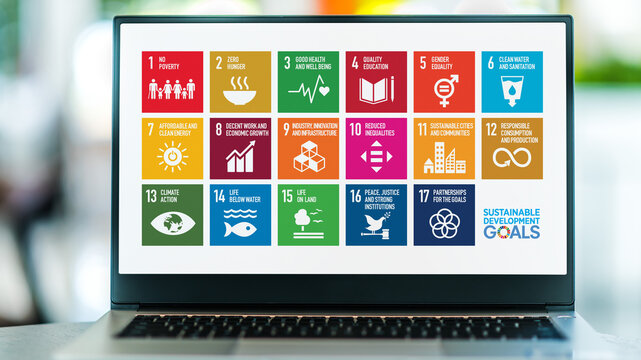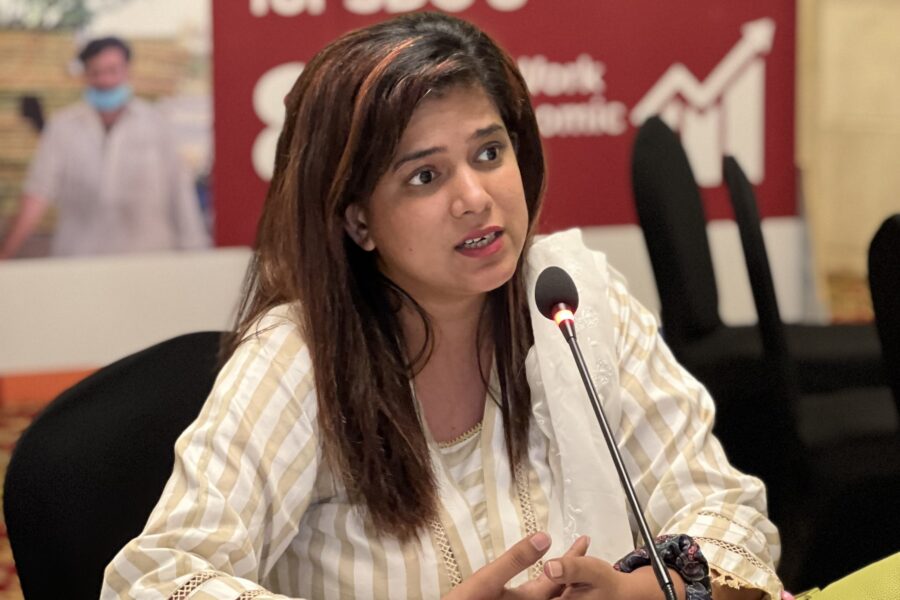By: Shehzer Amir Shaikh, Economic Policy Analyst, UNDP SDGs Support Unit, Sindh
Introduction:
In recognition of the 2030 Agenda, the ‘Decade of Action’ calls for accelerating sustainable solutions to all the world’s biggest challenges – poverty, climate change, inequality, and closing the financing gap for inclusive development. To target the required transformations and to achieve the Sustainable Development Goals (SDGs), smarter solutions that drive accountability concerning government budgets need to be developed. Budgets are essential and provide a concrete measure of real commitment to goals. At the same time, information on governments’ actual spending shows whether governments have followed the planned budget expenditure. Therefore, parliaments, auditing institutions, and citizens can use budget information to monitor their governments’ actions to achieve the SDGs and hold them accountable for results.
In Pakistan, the government budgetary allocations made for the financial year (from July 1st till June 30th) include development and non-development (salary and non-salary expenditure). Policymakers in Pakistan, both at the national and provincial levels, are committed to streamlining reporting mechanisms that help integrate SDGs into resource allocation discussions. To drive this commitment into practical results, UNDP Pakistan’s Sindh SDGs Unit has partnered with the Government of Sindh on ongoing improvements to the Integrated Financial Management Information System (IFMIS) currently in use. In addition to informing policymakers about allocated and actual expenditures, the system can generate various reports at the entity, department, function, and cost center levels.
The Government of Sindh and UNDP Pakistan SDG Unit, Planning and Development Department (P&DD), and the Finance Department’s Public Finance Management (PFM) Programme team have worked together to map and track recurrent and budgetary development allocations and expenditures related to the SDGs at the indicator level. With this collaborative effort, the SDGs have been included in the Government Financial Management Information System (GFMIS), which is based on SAP and enables tracking spending heads via disaggregated budget categories.
Through recent engagement with senior leadership of the Government of Sindh, commitment will be sought to develop a dashboard to integrate the multiple sources of information onto a single platform. Decision-makers can easily access and use real-time integrated financial and physical data via the dashboard.
The Sindh SDG Unit considers the development of the dashboard to inform prevailing public financial management (PFM) practices and track the progress horizontally, i.e., at the sector and subsector level and vertically from ministries to local government.
Conclusion:
In conclusion, the development of the SDG dashboard in Sindh, represents a significant stride towards achieving the SDGs and fostering accountability in government budgeting. By consolidating data, enhancing transparency, and promoting evidence-based decision-making, the dashboard will contribute to informed resource allocation and effective SDG implementation. It will empower stakeholders to monitor progress, hold governments accountable, and create a path towards a sustainable and inclusive future for all.


